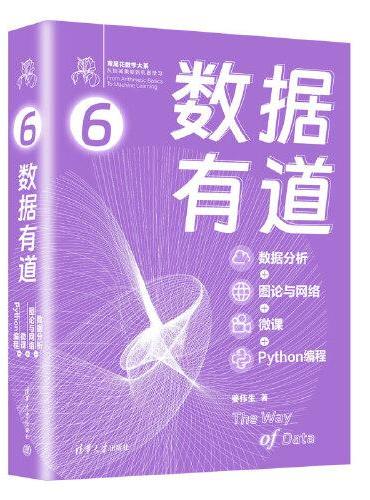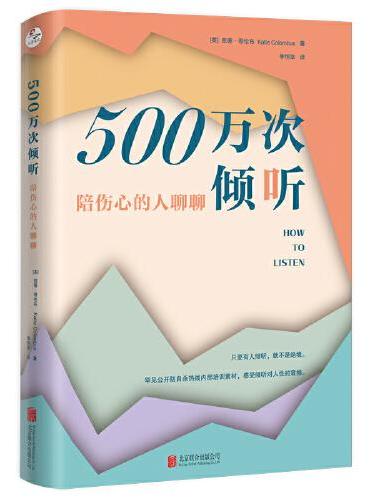新書推薦:

《
诛吕:“诸吕之乱”的真相与吕太后时期的权力结构
》
售價:HK$
99.7

《
炙野(全2册)
》
售價:HK$
78.2

《
女人的胜利
》
售價:HK$
55.9

《
数据有道:数据分析+图论与网络+微课+Python编程(鸢尾花数学大系:从加减乘除到机器学习)
》
售價:HK$
266.6

《
500万次倾听:陪伤心的人聊聊
》
售價:HK$
53.8

《
英国商业500年(见证大国崛起与企业兴衰,启迪未来商业智慧。)
》
售價:HK$
80.6

《
万千心理·儿童心理治疗中的心智化:临床实践指导
》
售價:HK$
87.4

《
自我囚禁的人:完美主义的心理成因与自我松绑(破除你对完美主义的迷思,尝试打破自我评价过低与焦虑的恶性循环)
》
售價:HK$
66.1
|
| 編輯推薦: |
|
本书是影印英文版物理学专著,原书由世界科技出版社于2008年出版。多粒子物理是凝聚态物理研究的对象和基础。本书作者具有丰富的教学和科研经验,其讲解力求深入浅出,尤其对于数学公式的推演,更是如此。因此,这本书不是那种令人望而却步的艰涩之作,读者会在作者的指引下,走到研究的前沿,并打下坚实的基础。
|
| 內容簡介: |
|
本书旨在阐述刻画玻色和费米系统性质的理论方法,研究的具体对象包括金属团簇,量子点、线、环,分子,束缚费米和玻色原子,氦液滴,不同维数和几何以及有无磁场等情况下的电子气等等。在第二版中还加入了如杂化结构中的自旋—轨道耦合,量子线的导电性,纳米结构的导磁性等等内容。本书适合具有一定量子力学基础,并对凝聚态物理基本概念有所了解的研究生和本科生阅读,也可作为凝聚态领域科研工作者的参考书。
|
| 目錄:
|
Preface
PrefacetotheSecondEdition
Chapter1TheIndependent-ParticleModel
1.1Introduction
1.2Bosons
1.3Fermions
1.4MatrixElementsofOne-BodyOperators
1.5MatrixElementsofTwo-BodyOperators
1.6DensityMatrices
1.7TheIdealBoseGasConfinedinaHarmonicPotenti
1.8TheFermiGas
1.8.1ExcitedStates
1.8.2PolarizedFermiGas
1.8.3TheFermiGasinTwoDimensionswithRashbaInteraction
1.9FiniteTemperatureandQuasiparticles
Chapter2TheHartree-FockTheory
2.1Introduction
2.2TheHartree-FockMethodforFermions
2.2.1ExamplesofPhysicalSystemsIYeatedbytheHartree-FockMethod
2.2.2ExamplesofInfiniteSystemsTreatedbytheHartree-FockMethod
2.3TheHartree-FockMethodforBosons
2.4TheGross-PitaevskiiEquations
2.5Hartree-FockinSecondQuantizationLanguage
2.6Hartree-FockatFiniteTemperature
2.7Hartree-Fock-BogoliubovandBCS
2.8Appendix:SecondQuantization
Chapter3TheBrueckner-HartreeFockTheory
3.1Introduction
3.2TheLippman-SchwingerEquation
3.3TheBethe-GoldstoneEquation
3.4ExamplesofApplicationoftheBHFTheory
3.4.1TheOne-DimensionalFermionSystem
3.4.2UltracoldHighlyPolarizedFermiGases
3.5NumericalResultsofBHFCalculationinDifferentSystems
3.6ThegMatrixforthe2DElectronGas
3.6.1DecompositioninPartialWaves
3.6.2TheSeparableApproximation
3.6.3ThegMatrixExpansion
3.6.4NumericalResultsandDiscussion
3.7ThegMatrixforConfinedElectronSystems
3.7.1EffectiveInteractioninConfinedElectronSystems
3.8TheBBPMethod
3.8.1Appendix
Chapter4TheDensityFunctionalTheory
4.1Introduction
4.2TheDensityFunctionalFormalism
4.3ExamplesofApplicationoftheDensityFunctionalTheory
4.3.1TheThomas-FermiTheoryfortheAtom
4.3.2TheGross-PitaevskiiTheoryfortheGroundStateofaDiluteGasofBosons
4.3.3TheThomas-FermiApproximationfortheFermiGasConfinedinaHarmonicPotential
4.4TheKohn-ShamEquations
4.5TheLocalDensityApproximationfortheExchange-CorrelationEnergy
4.6TheLocalSpinDensityApproximation(LSDA)
4.7InclusionofCurrentTermsintheDFT(CDFT)
4.8TheEnsembleDensityFunctionalTheory(EDFT)
4.9TheDFTforStronglyCorrelatedSystems:NucleiandHelium
4.10TheDFTforMixedSystems
4.11SymmetriesandMeanFieldTheories
Chapter5TheConfined2DElectronGasinaMagneticField
5.1Introduction
5.2QuantumDotsinaMagneticField
5.2.1Theωo》ωcCase
5.2.2Theωc》ωoCase
5.2.3TheMaximumDensityDroplet(MDD)State
5.3TheFractionalRegime
Chapter6Spin-OrbitCouplingintheConfined2DElectronGas
Chapter7MonteCarloMethods
Chapter8TheLinearResponseFunctionTheory
Chapter9TheLinearResponseFunctioninDifferentModels
Chapter10DynamicCorrelationsandtheResponseFunction
Chapter11TheHydrodynamicandElasticModels
Index
|
|









